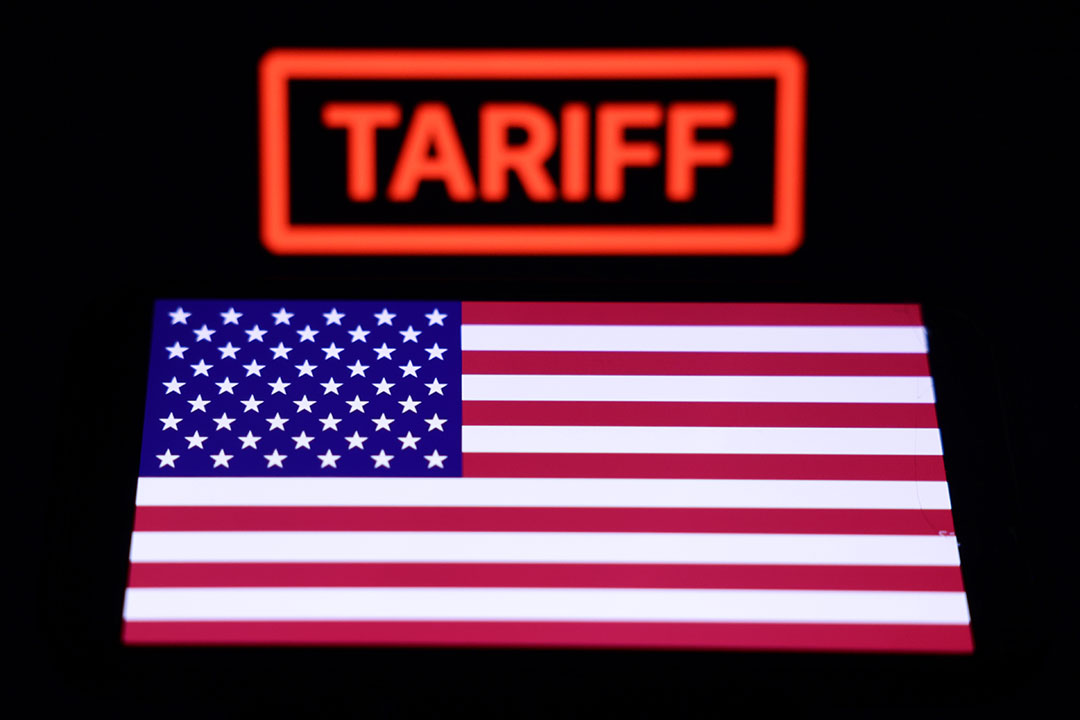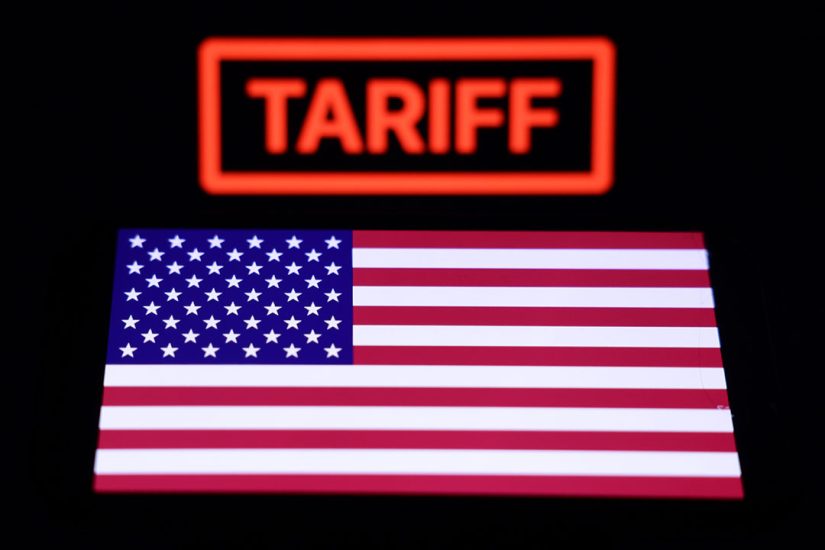
# The Consequences of Reciprocal Tariffs on American Families and Wealth Inequality
In recent times, the United States has experienced a noteworthy increase in tariff rates, resulting in concerning effects for everyday consumers and the broader economy. According to Fitch Ratings, the U.S. tariff rate on all imports escalated from 2.5% in 2024 to roughly 22% currently, with some estimates indicating that the rate could reach up to 30%. These reciprocal tariffs are set to elevate costs across the board, imposing an additional strain on American families striving to manage their budgets.
## Increased Financial Pressure on Households
As tariffs elevate the prices of imported products, American households are likely to experience financial strain as they grapple with escalating costs for essential items, such as groceries, household necessities, and clothing. Families already living paycheck to paycheck may need to explore domestically produced goods to alleviate their financial pressures. This transition could profoundly influence consumer behavior, with a surge in demand for American-made products aimed at softening the effects of rising prices.
Moreover, financial insecurity is heightened by the recent fluctuations in the stock market. Elevated valuations and increased uncertainty in financial markets have prompted many investors to focus on tangible assets like real estate—usually regarded as safer investments during unstable times. Nonetheless, pursuing financial growth amid a downturn remains difficult, especially for families lacking significant savings.
## The Paradox of Tariffs: Advantages for the Wealthy
Curiously, while reciprocal tariffs increase living expenses for the wider population, they simultaneously create unexpected benefits for wealthier Americans and high spenders. The tariffs, particularly on luxury imports and vehicles, have unintentionally enhanced the value of foreign assets—favoring those already in a strong financial position.
For example, affluent vehicle owners, particularly of European brands such as BMW, Mercedes-Benz, or Range Rover, have noticed that their cars’ market values have risen due to continuous tariff increases. With tariffs on foreign cars skyrocketing to 25%, a vehicle that was worth $72,000 could appreciate by $6,000 or more. This increase offers affluent owners a distinct advantage, as their high-value assets grow more valuable while financially strained families endure the burden of rising costs.
## The Rising Value of Luxury Goods
The ramifications of tariffs extend beyond automobiles, including a variety of imported luxury goods. High-end products, from Swiss timepieces to designer handbags, have experienced considerable price increases due to heightened tariffs. For instance, a highly sought-after Hermès Birkin bag has seen a price jump of $2,000 to $8,000, marking it as a desirable asset for affluent consumers despite the increased costs. Likewise, luxury watches and jewelry have also appreciated, primarily benefiting wealthy collectors and enthusiasts.
This situation raises questions regarding who genuinely reaps the rewards of these tariffs. If the goal of these policies is to safeguard American jobs and industries, the unintended consequence seems to be that they disproportionately favor wealthier individuals while placing a heavier burden on those with lower incomes.
## Government’s Role and the Economic Divide
Policymakers often maintain that tariffs are intended to enhance domestic production and safeguard American industries. However, the actual outcomes suggest that the wealth gap may expand as a consequence. While the repercussions of the tariffs seem to benefit high-income households, the hardships faced by middle- and lower-income Americans become increasingly pronounced.
The government’s lack of targeted assistance for those living paycheck to paycheck—who might feel the brunt of rising prices—is troubling. There is a pressing need for policies that support the economically vulnerable, rather than those that inadvertently favor the wealthy. For many families, an unexpected $1,000 expense could lead to severe financial hardship, highlighting the need for systemic economic improvements that focus on the majority and not just the affluent minority.
## Tariffs as a Regressive Tax
Furthermore, it is vital to understand that tariffs act like a regressive tax. They generally restrict consumer purchasing power for lower-income families, who allocate a greater portion of their earnings toward essential goods. In contrast, higher-income individuals are better equipped to absorb these costs and often discover new avenues for wealth creation as their luxury assets appreciate.
## Conclusion
In the short term, tariffs may seem to benefit wealthy Americans and luxury good owners by increasing their asset values. However, for the majority of American households, they pose an additional obstacle in an already pressured economic landscape. It is crucial for policymakers to reassess the impact of these tariffs and consider initiatives that genuinely assist everyday Americans. The urgent need for thoughtful economic policies that benefit a wider demographic is essential to bridging the growing wealth gap and fostering a more inclusive economy.
As the ramifications of these tariffs continue to unfold, it will be intriguing to observe how consumers adjust to the economic pressures and what long-lasting effects will emerge from this volatile financial climate.
